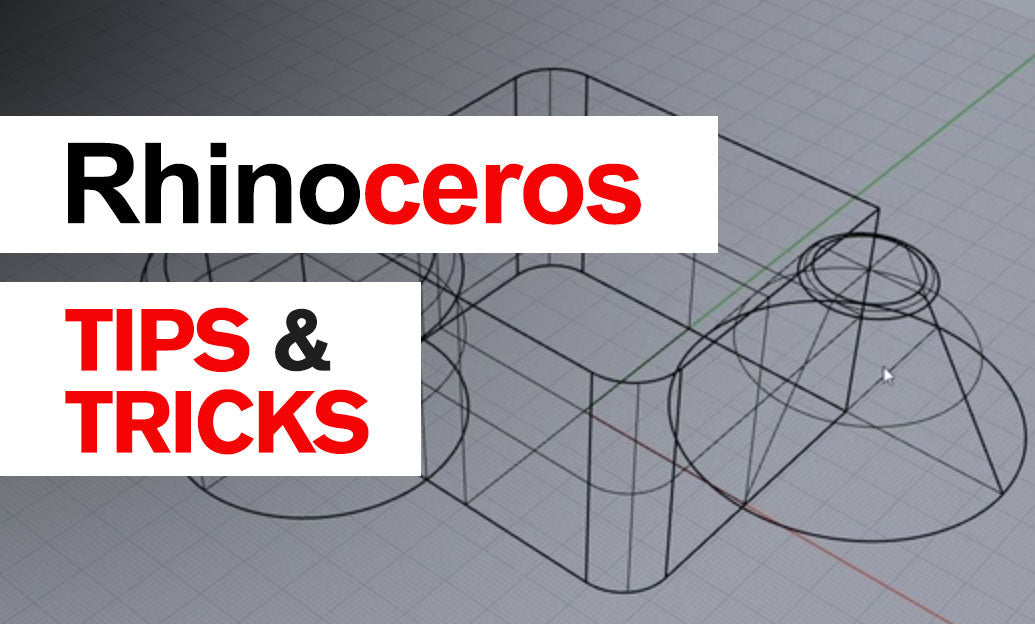Your Cart is Empty
Customer Testimonials
-
"Great customer service. The folks at Novedge were super helpful in navigating a somewhat complicated order including software upgrades and serial numbers in various stages of inactivity. They were friendly and helpful throughout the process.."
Ruben Ruckmark
"Quick & very helpful. We have been using Novedge for years and are very happy with their quick service when we need to make a purchase and excellent support resolving any issues."
Will Woodson
"Scott is the best. He reminds me about subscriptions dates, guides me in the correct direction for updates. He always responds promptly to me. He is literally the reason I continue to work with Novedge and will do so in the future."
Edward Mchugh
"Calvin Lok is “the man”. After my purchase of Sketchup 2021, he called me and provided step-by-step instructions to ease me through difficulties I was having with the setup of my new software."
Mike Borzage
Master Differential Equations: From Basic First-Order ODEs to Complex Systems
March 06, 2024 3 min read

Mastering Differential Equations: From Basic First-Order ODEs to Complex Systems
Understanding and solving differential equations is a fundamental skill for engineers, scientists, and mathematicians. The ability to tackle everything from simple first-order ordinary differential equations (ODEs) to complex coupled systems is crucial for the analysis of natural phenomena and the development of new technologies. In the realm of mathematical software, platforms like MathCAD from PTC offer powerful tools for solving these equations with precision and ease.
Starting with a first-order ODE, the process of solving such an equation in MathCAD is straightforward. The equation is entered using the appropriate mathematical notation, ensuring that the prime operator or the derivative with respect to time, d/dt, is correctly inserted using the operators' panel within the Math tab. To facilitate the solution process, MathCAD provides a Solve block, which can be populated with the ODE and any initial conditions.
To solve the differential equation, one would issue the ODESolve command within the Solve block, assigning it to a function name, for example, y(t). The solution interval is specified, and once calculated, the function can be employed to evaluate values at specific points, incorporated into further equations, or graphically represented.
For those needing to graph the solution, defining the range for the variable t is necessary. MathCAD allows for the easy insertion of a 2D plot where one can plot the independent variable against the solved function over the specified interval.
When advancing to a second-order spring-mass system, a classic in mechanical and civil engineering, solving the ODE becomes slightly more complex. The Solve block is once again utilized, with the mass, spring constant, and damping coefficient provided as guess values. It's imperative that the correct units accompany the differential equation and initial conditions to maintain dimensional consistency and accuracy.
The ODESolve command is adapted to include units for the solution interval, often in seconds for mechanical systems. The resulting graph can depict the system's behavior over time, with the ability to easily adjust parameters such as mass, spring constant, and damping coefficient for comparative analyses.
Enhancing the efficiency of such analyses, MathCAD allows users to parameterize the Solve block. By defining a new function with parameters for the mass, spring constant, and damping coefficient, the process of changing values and re-solving becomes markedly simpler. Users can rapidly generate graphs for different scenarios without having to solve the ODE from scratch each time.
The complexity increases further when dealing with coupled first-order systems. These systems feature multiple variables that are interdependent, as seen in many real-world applications such as electrical circuits and chemical reactions. MathCAD tackles this challenge by employing matrices within the ODESolve command to combine the solutions for each of the variables into a coherent system.
Users can define multiple functions within a vector to represent the solutions to each of the coupled equations. Graphical representations can then illustrate the interplay between the variables over time, offering insight into the dynamics of the coupled system.
For those who require a more robust suite of tools for their design and engineering tasks, Autodesk provides a range of software options. Programs like AutoCAD for 2D and 3D design, Revit for building information modeling, and Civil 3D for civil engineering design and documentation are all compatible with MathCAD, allowing for a seamless workflow when integrating mathematical analysis into the design process.
Moreover, for professionals in the architecture, engineering, and construction (AEC) industries, the integration of visualization tools such as Enscape can elevate presentations and project pitches, ensuring that complex mathematical solutions are understood in the context of their practical applications.
To conclude, mastering the art of solving differential equations, from basic first-order ODEs to multifaceted coupled systems, is essential for a broad range of disciplines. Mathematical software such as MathCAD streamlines this process, providing intuitive interfaces and comprehensive tools to tackle these challenges. For more information about the newest and most advanced design software technology, the sales team at NOVEDGE is ready to assist with expertise and tailored solutions.
Also in Design News

Bluebeam Tip: "Maximizing Efficiency with Bluebeam Revu's Compare Documents Feature"
September 27, 2024 2 min read
Read More
Rhino 3D Tip: Creating Custom Plugins to Enhance Rhino 3D Workflow and Efficiency
September 27, 2024 2 min read
Read MoreSubscribe
Sign up to get the latest on sales, new releases and more …



